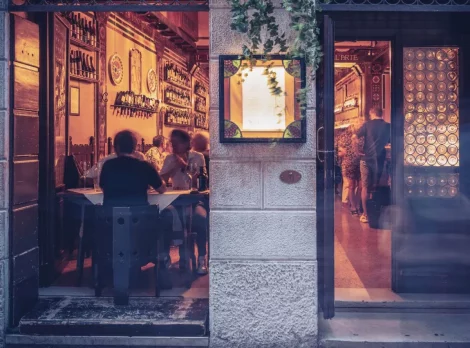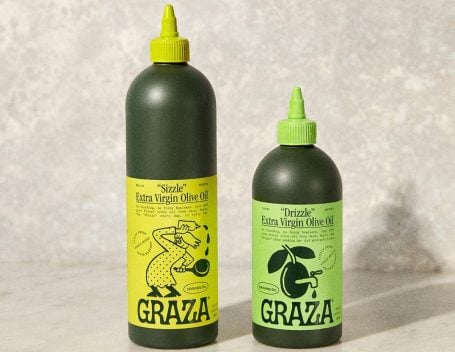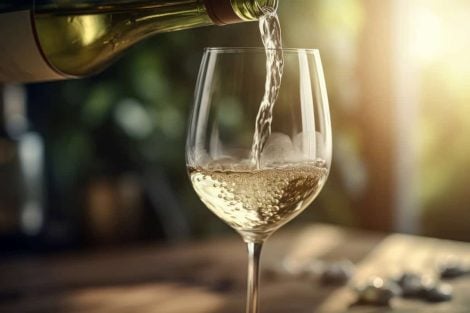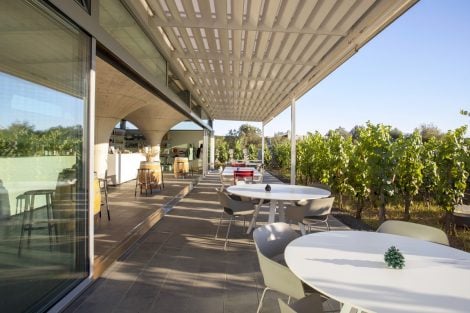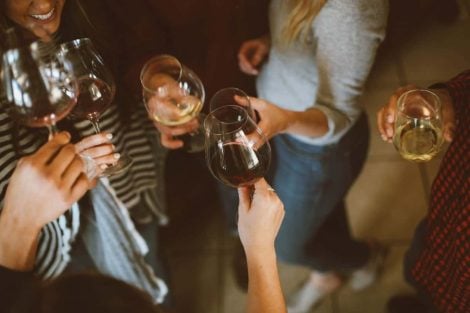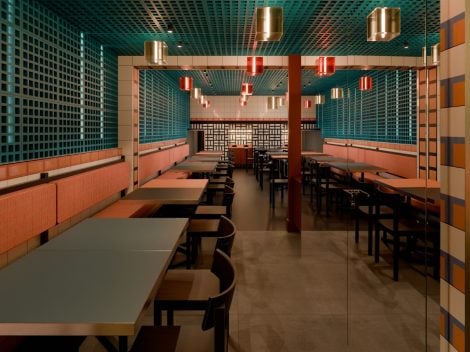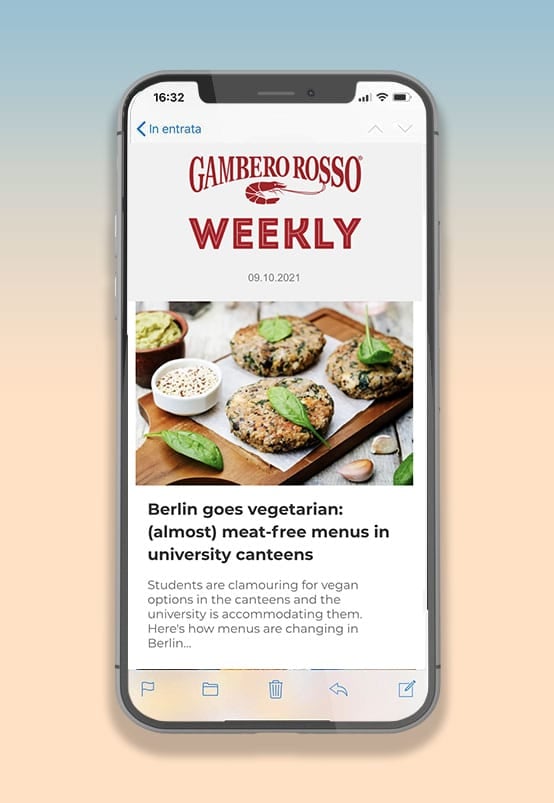The Franciacorta territory, located in Lombardy between Lake Iseo and the first stretches of the Po Valley in the province of Brescia, is one of the most prestigious wine regions in Italy. Most notably, it is an area that has been able to grow exponentially in a short time thanks to a clear vision and strategic planning often lacking in other regions.
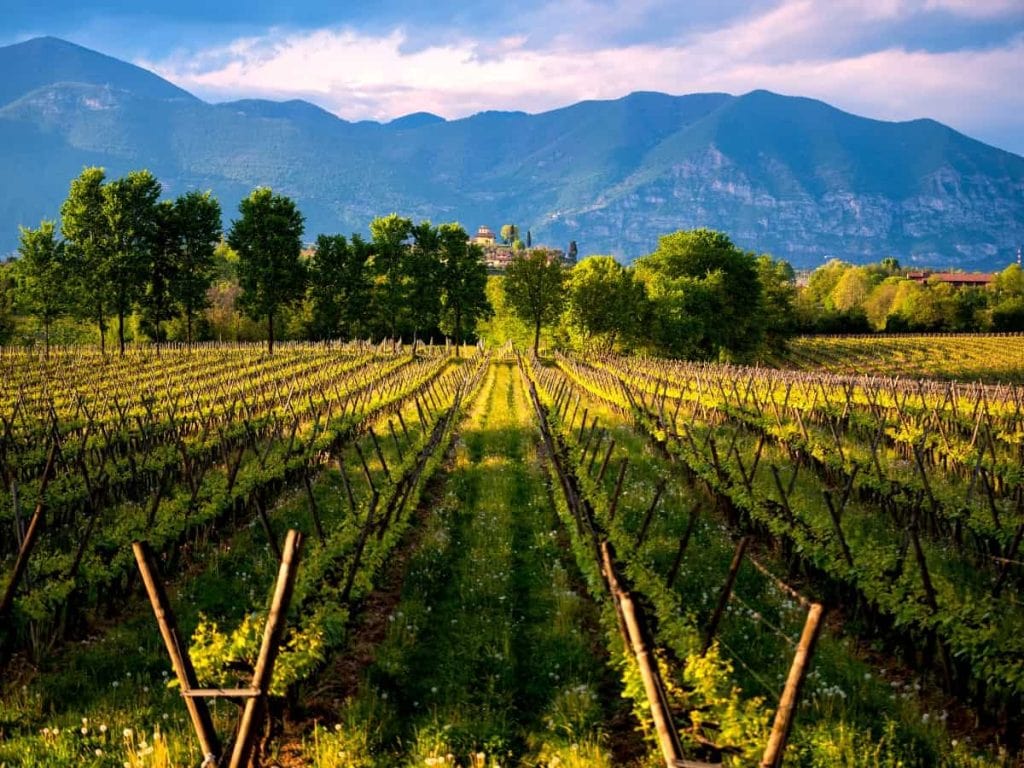
Franciacorta, a territory shaped by ice
Franciacorta’s winemaking identity is rooted in its glacial geological origins: the large glacier descending from Val Camonica shaped hills, slopes and depressions, depositing a complex stratification of moraine, fluvioglacial and alluvial soils. This heterogeneous subsoil—rich in stones and well-drained in the higher areas, deeper and more fertile in the valleys—directly influences the wines’ expressive diversity, offering ideal conditions for growing varieties such as Chardonnay and Pinot Noir, the two pillars of the local Traditional Method, alongside Pinot Blanc and, more recently, the rediscovered Erbamat.
Franciacorta Rosé
We’re generally used to thinking of Franciacorta as a white sparkling wine. And, judging by production figures, that’s accurate. However, more and more Franciacorta producers are working to refine the Rosé style. According to the Franciacorta Consortium, in 2023, around 19.5 million bottles of Franciacorta were sold, with a 6.4% increase in the average bottle price, now around €24.4. Franciacorta Rosé made a substantial contribution to this performance, accounting for 10.2% of total production, or roughly 2 million bottles.
The Franciacorta Rosé production code
Over the years, the Franciacorta Rosé production regulations have undergone several changes, reflecting the desire for this type not to be a mere range extension, but rather a product through which wineries express another facet of their identity. Looking back at past regulations, one immediately notices how the proportion of Pinot Noir has been increased: first to 15%, then to 25%, and now to the current 35%, complemented by up to 65% Chardonnay, up to 50% Pinot Blanc, and up to 10% Erbamat.
Lees ageing must last at least 24 months, increasing to 30 months for vintage wines and 60 months for reserves. One of the most significant developments in recent years is the introduction of tristimulus colorimetry into the regulations, a scientific method to objectively determine the colour of Franciacorta Rosé. This technique eliminates subjective visual assessment, standardising the minimum chromatic requirements and giving stylistic consistency to the entire category.
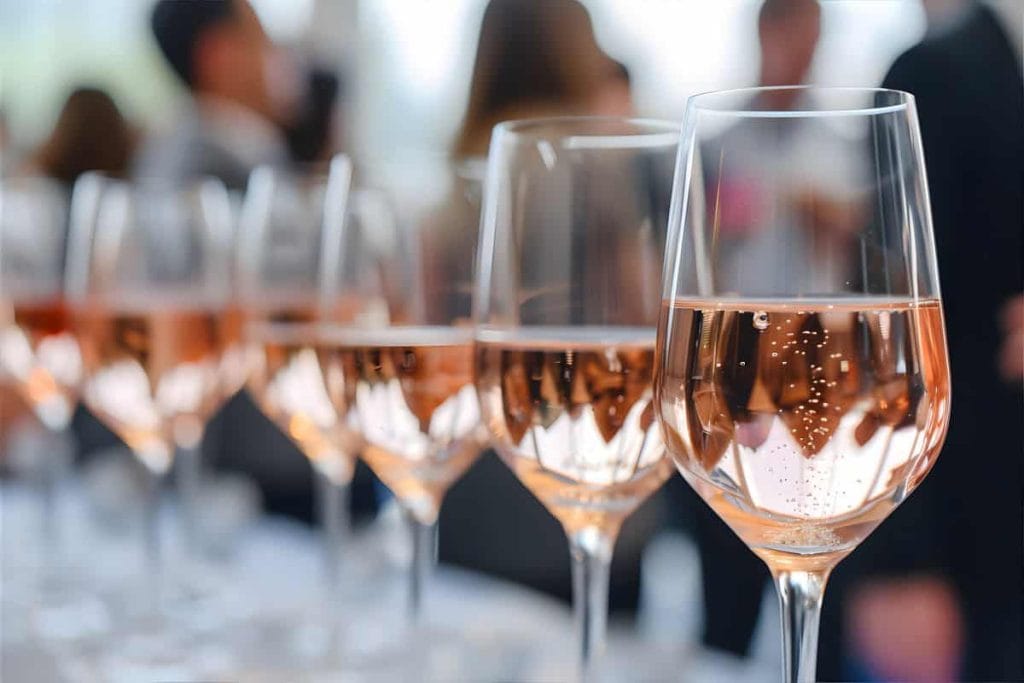
The Franciacorta Rosés awarded Tre Bicchieri and Due Bicchieri Rossi
If you’re looking to explore the rosé side of this denomination, you can start with the list below. These are the best Franciacorta Rosés (including Rosé, Vintage Rosé and Rosé Riserva styles) awarded Tre Bicchieri and Due Bicchieri Rossi in the Vini d’Italia 2025 guide by Gambero Rosso.
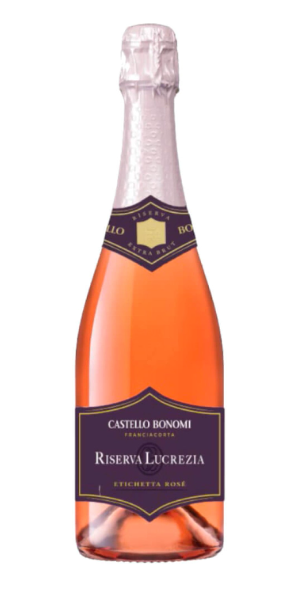
Franciacorta Extra Brut Rosé Lucrezia Ris. 2011 – Castello Bonomi
Lucrezia Riserva ’11 by Castello Bonomi truly amazed us. It’s a Rosé of great charm and elegance with a broad olfactory profile: pomegranate and watermelon notes combine with a very refined spicy nuance. The palate is bold, well-structured, and driven by vivid, radiant freshness. A great vintage told through a fine cuvée. After acquiring the winery in 2008, the Paladin family wisely chose to retain cellar master Luigi Bersini, who had been there since 1985. A spot-on decision, considering the results in the glass: Castello Bonomi’s wines, from vineyards on the slopes of Monte Orfano, consistently display a clear and defined identity. The style is rich and gastronomic, while maintaining excellent freshness—an expression of this subzone’s calcareous-chalky terroir. A strong overall showing for the winery.
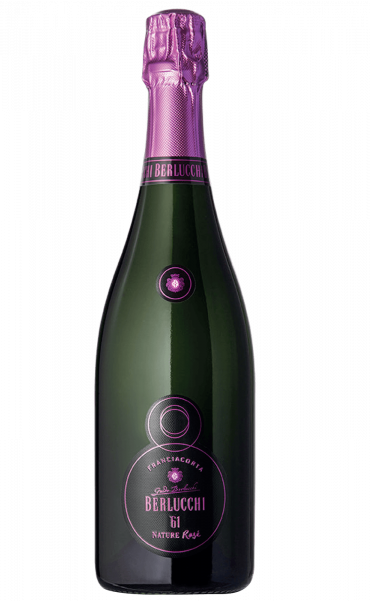
Franciacorta Nature Rosé 61 2017 – Berlucchi Franciacorta
Nature Rosé 61 ’17 by Berlucchi Franciacorta is truly remarkable: inviting with its soft notes of raspberry, pomegranate, coffee and brioche. The palate is enveloping and progressive, with nerve and depth: it offers refined tactile sensations and a precise, long finish.
Today, if we can enjoy one of Italy’s finest sparkling wines, it’s largely thanks to the visionary Franco Ziliani and Guido Berlucchi, who first believed in Franciacorta as a land of great sparkling wines. More than sixty years on, the winery—under the careful guidance of the new generation (Arturo, Cristina and Paolo)—continues to be a cornerstone of the region.
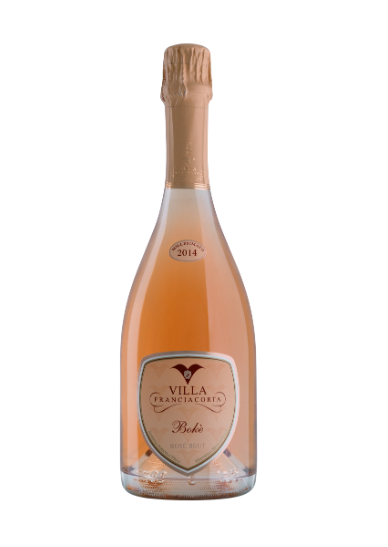
Franciacorta Brut Rosé Bokè 2020 – Villa Franciacorta
The Bianchi family offers a range of Franciacorta wines of real interest. Among the tastings, the Boké ’20 stood out and made it to the finals. A tense and vibrant Rosé Franciacorta with watermelon and coffee aromas. The palate is delicious, rich and savoury, with a long, crystal-clear finish.
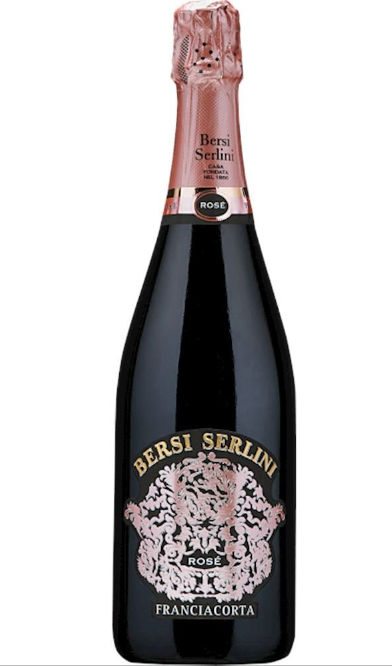
Franciacorta Brut Rosé 2016 – Bersi Serlini
In this year’s impressive tasting lineup from Bersi Serlini, one cuvée stood out: Franciacorta Brut Rosé ’16, a blend of Pinot Noir and Chardonnay. It smells of cherries and red flowers, with a harmonious, delicately spiced mouthfeel, closing on mint and white pepper.
Bersi Serlini is a family-run winery with deep roots in Franciacorta, dating back to 1886 when the historic Palazzo, once a winemaking site for Cluniac monks, was purchased. The winery and vineyards are beautifully situated, overlooking the spectacular Torbiere natural park—a perfect union between wine quality and scenic beauty, welcoming enthusiasts in their restaurant or cellar for various wine experiences.
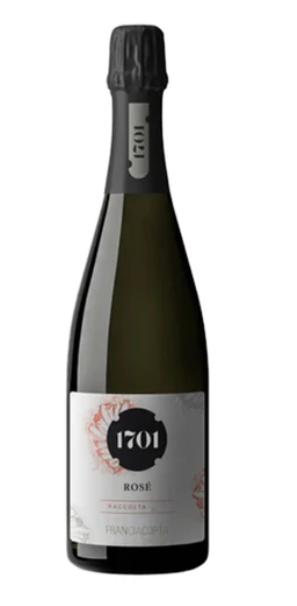
Franciacorta Dosaggio Zero Rosé 2020 – 1701
The Rosé ’20 by 1701 is original and commendable: fragrant, marked by raspberry tones and a hint of coffee, it finishes clean and relaxed. The winery is a relatively new player in the Franciacorta scene, both in age and in philosophy. This is clearly reflected in Federico and Silvia Stefini’s interpretation of the land: biodynamic practices in the vineyard are matched by faithful and precise expressions of terroir and vintage in the cellar. The result is wines with strong identity and character, making the discovery of their Traditional Method offerings all the more intriguing.
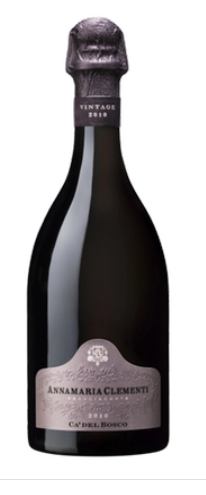
Franciacorta Extra Brut Annamaria Clementi Rosé Ris. 2015 – Ca’ del Bosco
Annamaria Clementi Rosé ’15 by Ca’ del Bosco is intensely marked by coffee and raspberry notes, full-bodied with a creamy mousse. It offers complexity and fragrance, with a pleasant toasted note on the finish that adds depth and allure.
Without a doubt, Ca’ del Bosco is now one of the most emblematic names in Italian wine. The pivotal moment came with the entry of the Santa Margherita Group, which allowed Maurizio Zanella and the indispensable oenologist Stefano Capelli to consolidate their already extraordinary results at national and international levels—thanks in part to relentless technological research unmatched in Italy. The stylistic signature is unique, with great richness and complexity throughout the range.
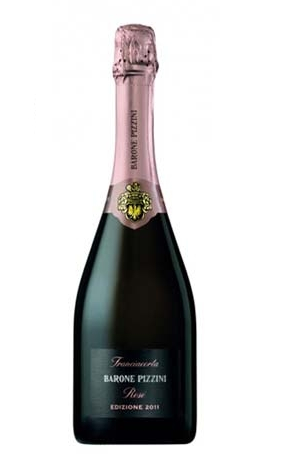
Franciacorta Extra Brut Rosé Edizione 2020 – Barone Pizzini
Rosé ’20 by Barone Pizzini, made from Pinot Noir grapes, is rich in fruit and has a lively flavour profile. In a time when sustainability is a key issue, one cannot help but admire how Barone Pizzini earned organic certification as far back as 1997. This, however, is just one piece of the puzzle of the winery’s success. Their holistic vision of the territory is matched by a recognisable stylistic identity in the wines, which has made the estate a benchmark in Franciacorta.
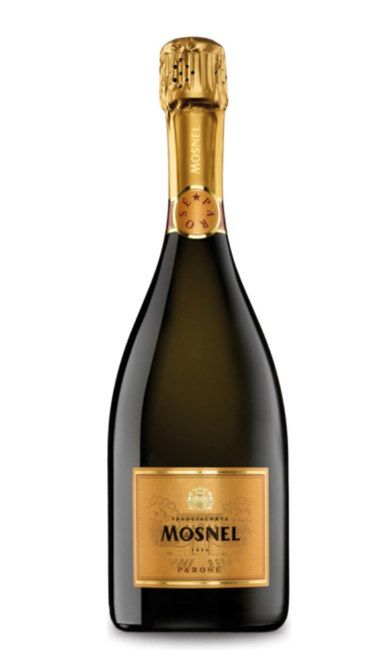
Franciacorta Pas Dosé Parosé 2018 – Mosnel
Pas Dosé Parosé ’18 by Mosnel is subtle and worth lingering over in the glass, with its fine and layered spicy profile and a palate featuring orange zest and pomegranate tones. It will reach its peak in a few years. In recent years, this winery—run by Lucia and Giulio Barzanò, the fifth generation of the family—has become a byword for quality. The estate’s 40 hectares are organically farmed and located in prime positions across Passirano, Camignone and neighbouring villages. Their stunning sixteenth-century villa housing the winery is well worth a visit. Their winemaking philosophy is focused on delivering finesse, savouriness and creaminess in both glass and palate.

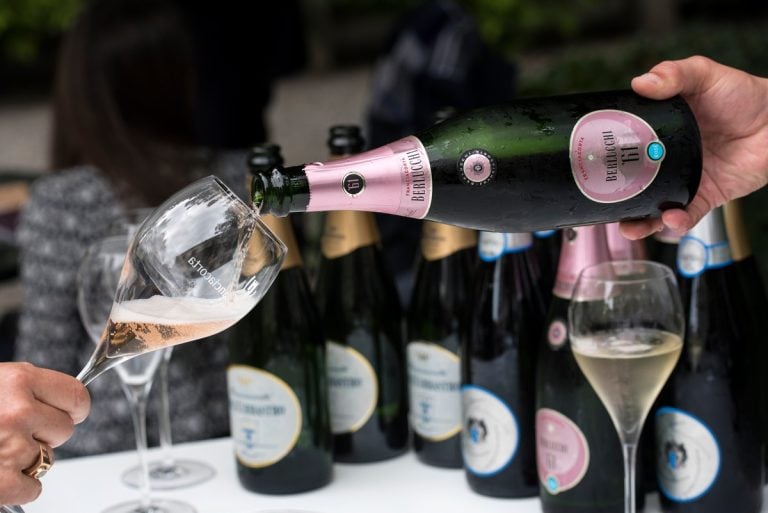
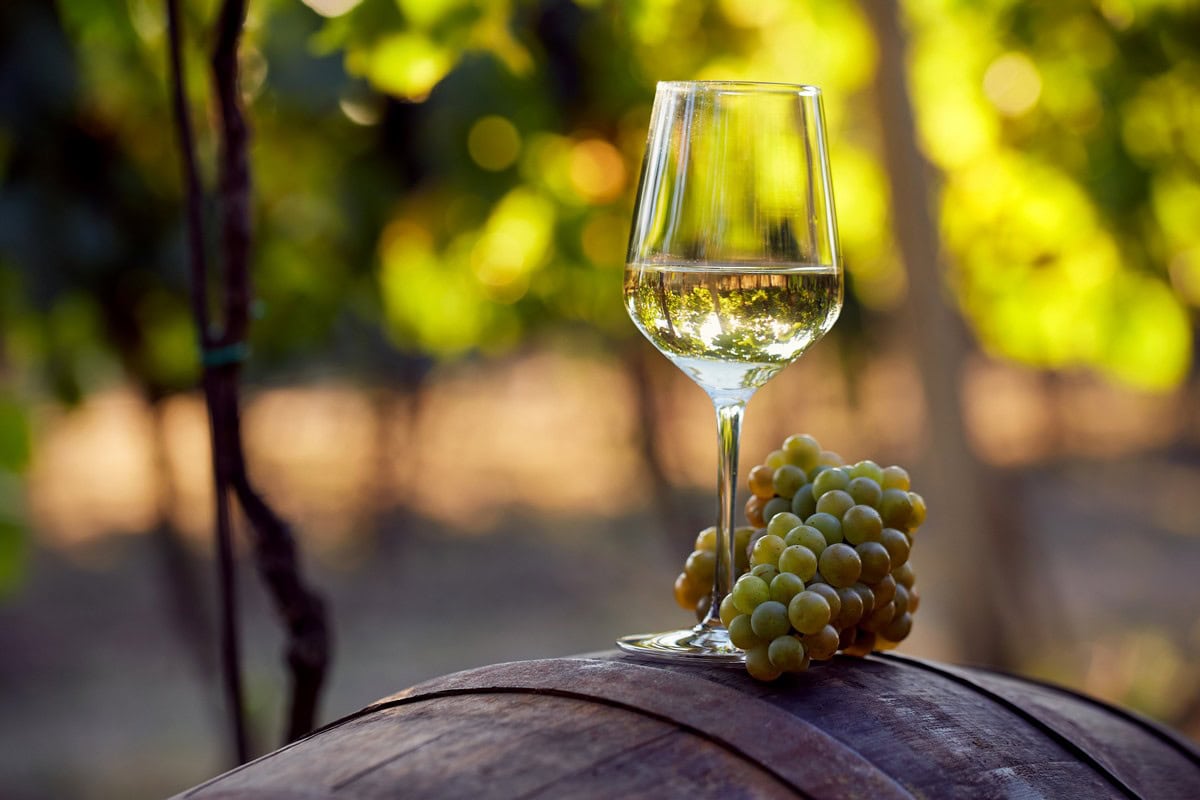 The white wine of the Colli Maceratesi saved from oblivion by courageous winemakers
The white wine of the Colli Maceratesi saved from oblivion by courageous winemakers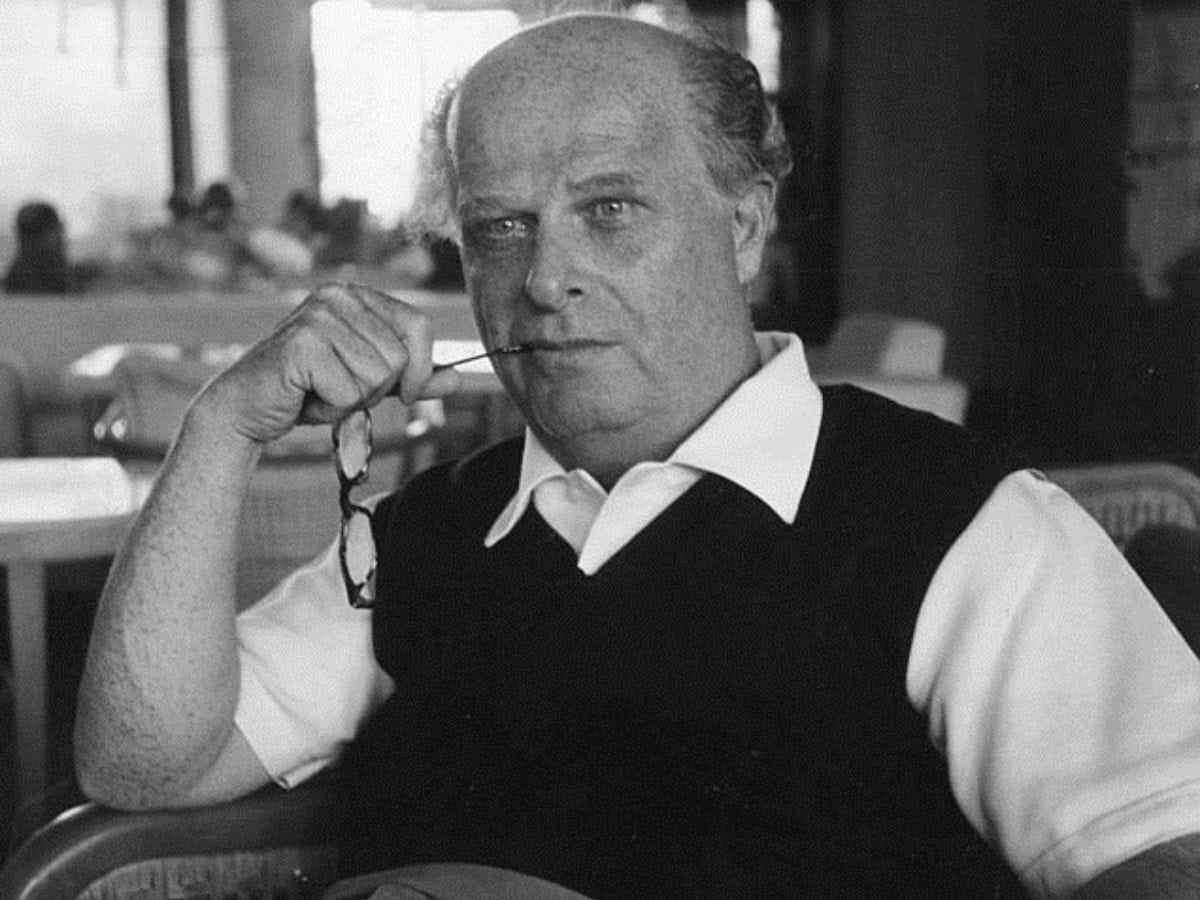 How Olivetti also revolutionised workers’ lunch breaks
How Olivetti also revolutionised workers’ lunch breaks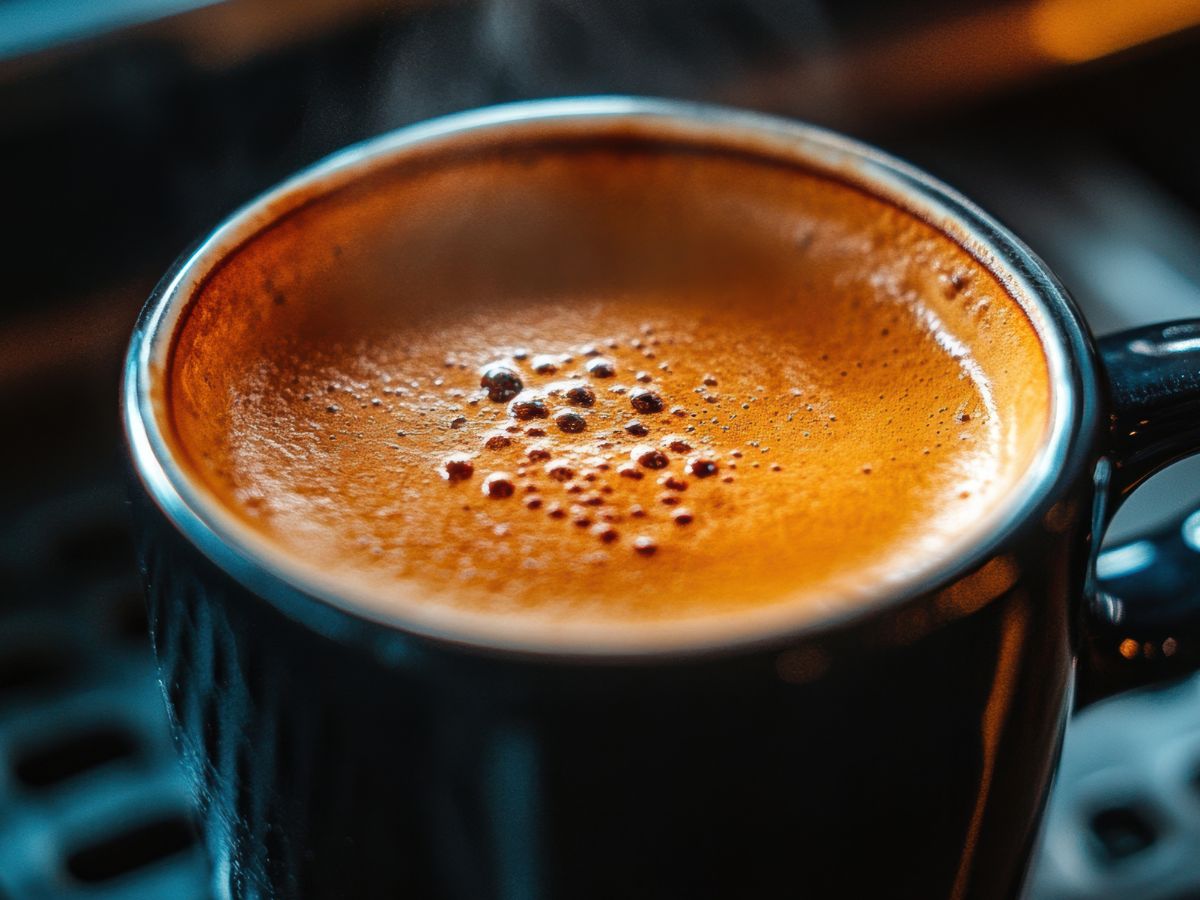 Help us write the next guide to Italy’s Cafés and Coffee Roasters
Help us write the next guide to Italy’s Cafés and Coffee Roasters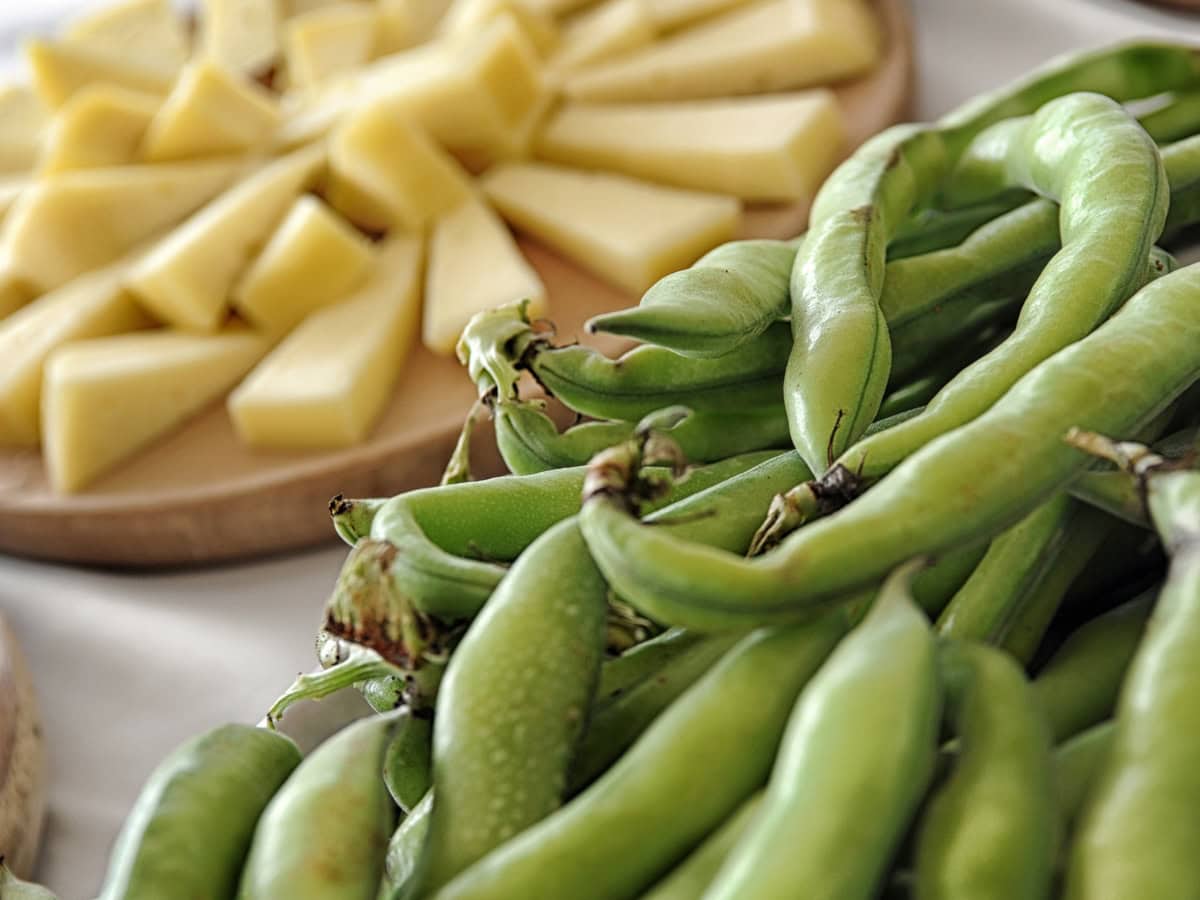 Here’s why broad beans and Pecorino are eaten on the First of May
Here’s why broad beans and Pecorino are eaten on the First of May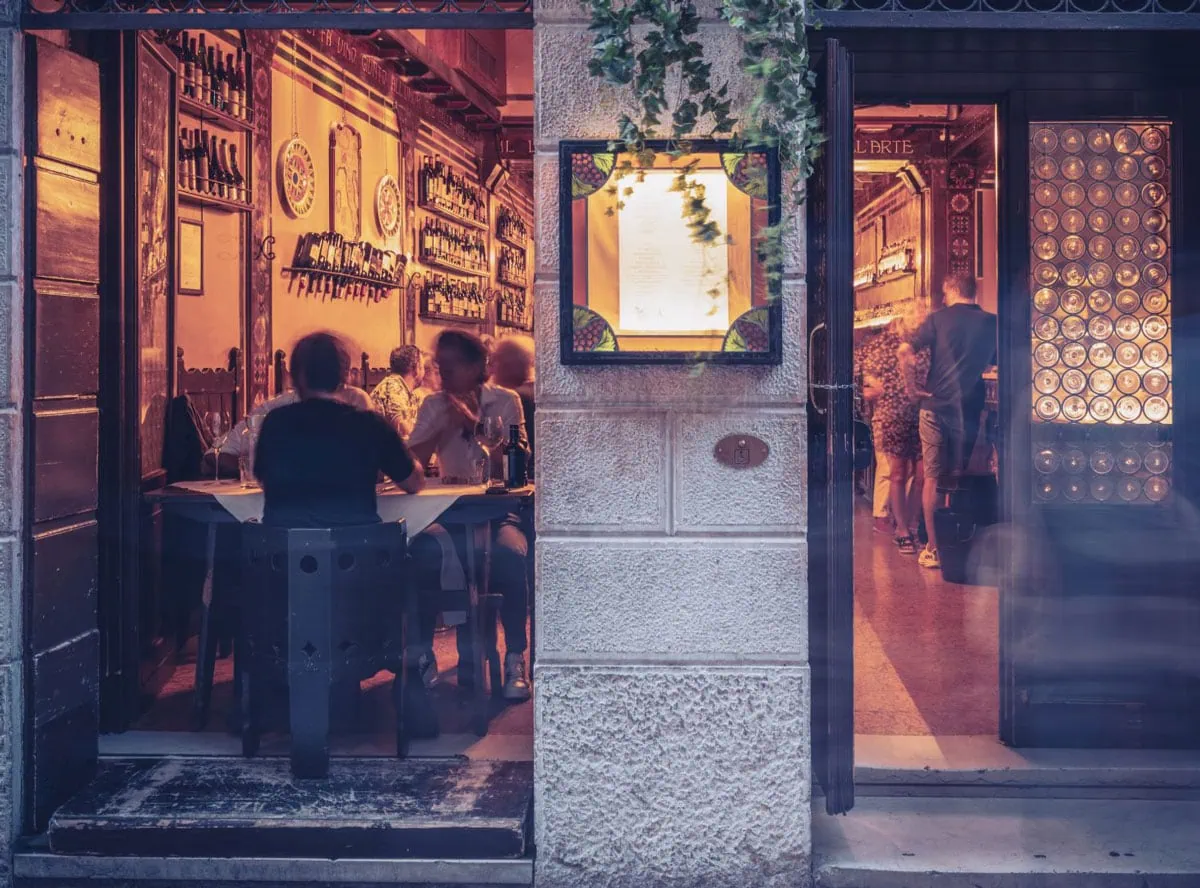 In the heart of Verona, the “sanctuary” of wine where you can sip a glass for one euro next to grand Bordeaux
In the heart of Verona, the “sanctuary” of wine where you can sip a glass for one euro next to grand Bordeaux